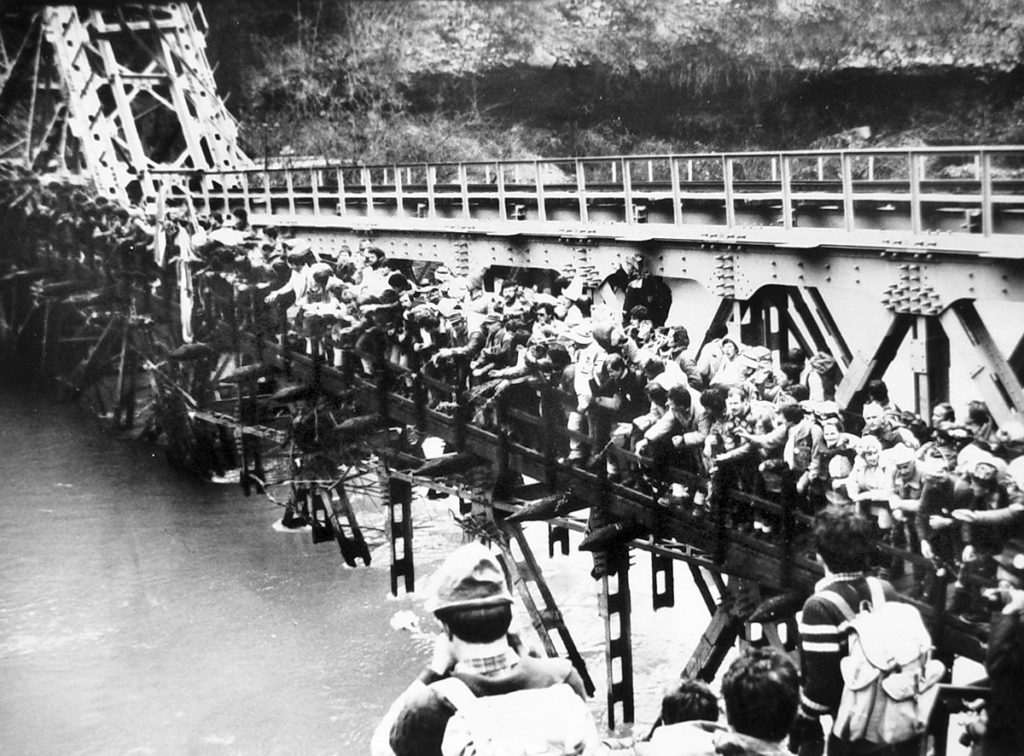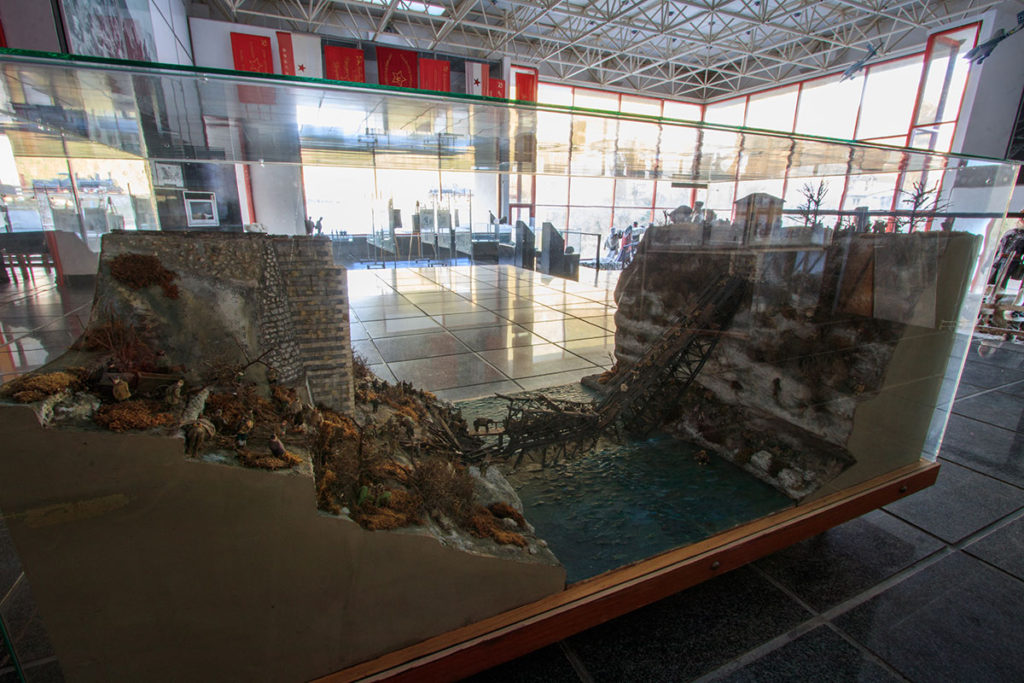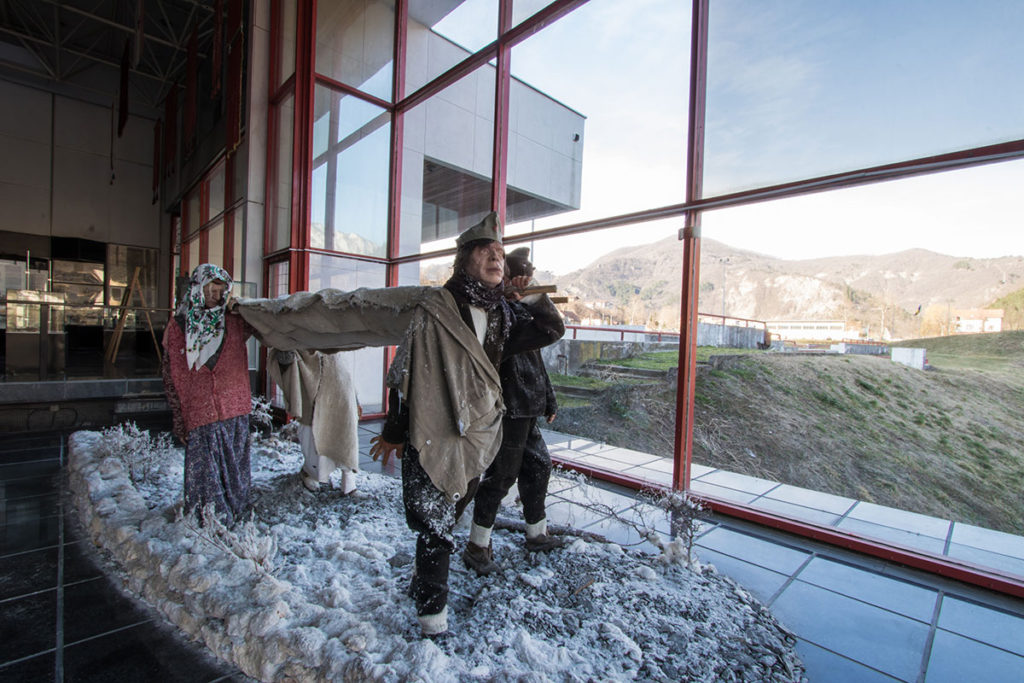Introduction to Battle
Battle for the Wounded on Neretva river was a significant military confrontation that took place during World War II. This battle, fought along the banks of the Neretva River in present-day Bosnia and Herzegovina, holds immense historical importance. In this article, we will explore the details of this fierce conflict, its key participants, strategic significance, and its lasting impact on the region.

Neretva: Battle for the Wounded – The Setting
The Neretva River, located in the Balkans, provided the backdrop for the intense struggle between the Axis forces and the Yugoslav Partisans. With its deep gorges, treacherous terrain, and unpredictable weather, the Neretva region posed significant challenges for both sides. The harsh conditions and difficult terrain made this battle all the more demanding.
Key Participants in the Battle
Axis Forces
The Axis forces, led by the German Wehrmacht and its allies, were determined to eradicate the resistance offered by the Yugoslav Partisans. Their goal was to regain control over the region and disrupt the Partisans’ activities.
Yugoslav Partisans
The Yugoslav Partisans, under the leadership of Josip Broz Tito, fought against the Axis powers and sought to establish a liberated Yugoslavia. They utilized guerrilla warfare tactics, often operating in small groups, to disrupt the enemy’s operations.
Allied Support
The battle also saw significant involvement from the Allies, who provided crucial support to the Partisans. Supplies, weapons, and assistance were delivered by the British, Soviet Union, and other Allied nations, recognizing the strategic importance of the region.
Strategic Significance of the Battle
The Battle for the Wounded on Neretva river held immense strategic importance for both the Axis forces and the Partisans. The outcome of this battle would determine control over the Neretva region and potentially impact the wider course of the war. Let’s delve into the reasons behind its significance.
1. Control of Critical Supply Routes
The Neretva region served as a vital transportation hub, linking Bosnia and Herzegovina with the Adriatic Sea. Both sides recognized the importance of controlling this area to secure their supply lines and maintain communication.
2. Disrupting Axis Operations
The Partisans understood that by engaging the Axis forces in a fierce battle, they could divert their attention and resources from other areas. The Battle for the Wounded on Neretva river aimed to hamper the Axis operations and limit their ability to reinforce other fronts.
3. Establishing a Liberated Territory
For the Partisans, the battle presented an opportunity to expand their influence and establish a liberated territory in the heart of Yugoslavia. It would provide them with a base from which they could further challenge the Axis forces and rally local support.

Key Events of the Battle
The Neretva: Battle for the Wounded was a protracted conflict that unfolded through a series of significant events. Here are some of the key moments that shaped the course of the battle:
1. The Partisans’ Retreat
As the Axis forces launched their offensive, the Partisans found themselves facing overwhelming odds. Recognizing the need to regroup and avoid annihilation, they decided to execute a strategic retreat to ensure their survival.
2. The Bridge at Jablanica
During their retreat, the Partisans focused on disrupting the Axis forces‘ advance by destroying critical infrastructure. The destruction of the bridge at Jablanica proved to be a pivotal moment, delaying the Axis troops and allowing the Partisans to gain valuable time.
3. Allied Airdrops
The Allies recognized the importance of supporting the Partisans in their fight against the Axis forces. Airdrops of supplies, weapons, and reinforcements were carried out, providing much-needed assistance to the Partisans and bolstering their morale.

Conclusion
The Battle for the Wounded on Neretva river stands as a testament to the resilience and determination of the Yugoslav Partisans in their fight against the Axis forces. This battle, fought under challenging conditions, played a crucial role in disrupting the enemy’s operations and bolstering the Partisans’ cause. The strategic significance of the Neretva region, the involvement of the Allies, and the bravery of the Partisans combined to make this battle a turning point in the struggle for liberation. Today, the Neretva region serves as a reminder of the sacrifices made during this significant chapter of World War II.
Are you planning a visit to the historic Neretva region to explore the sites of Tito’s Bunker or the Battle for the Wounded on Neretva river? Look no further than Big Mama’s Apartments, where you can enjoy a comfortable stay with stunning views of Jablanica lake.
FAQs about Battle for the Wounded on Neretva river
Q: How long did the Battle for the Wounded on Neretva river last?
The battle lasted for approximately three months, from January to April 1943.
Q: What was the outcome of the battle?
Although the Partisans suffered heavy casualties and had to retreat, the battle served as a significant setback for the Axis forces. It disrupted their operations and allowed the Partisans to regroup and continue their resistance.
Q: How many casualties were there in the battle?
Exact casualty figures are challenging to ascertain, but it is estimated that both sides suffered thousands of casualties during the course of the battle.
Q: Did the battle have any long-term impact?
Yes, the Battle for the Wounded on Neretva river had a lasting impact on the region. It bolstered the morale of the Partisans, increased their support among the local population, and further weakened the Axis forces in Yugoslavia.
Q: Are there any memorials or commemorations for the battle?
Yes, several memorials and commemorative events take place in the Neretva region to honor the participants and remember the sacrifices made during the battle.
Q: Can visitors explore the battlefield today?
Yes, the Neretva region offers opportunities for visitors to explore the sites of the battle and gain a deeper understanding of the historical significance of the conflict.







